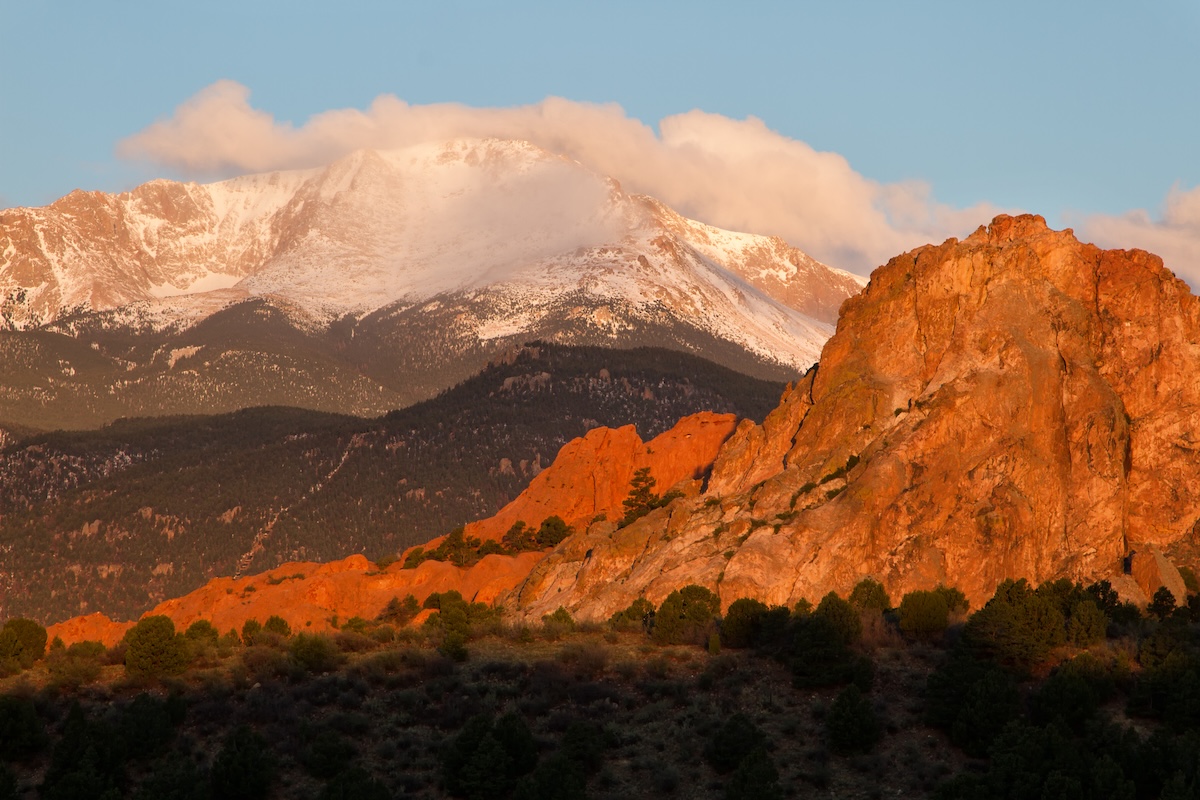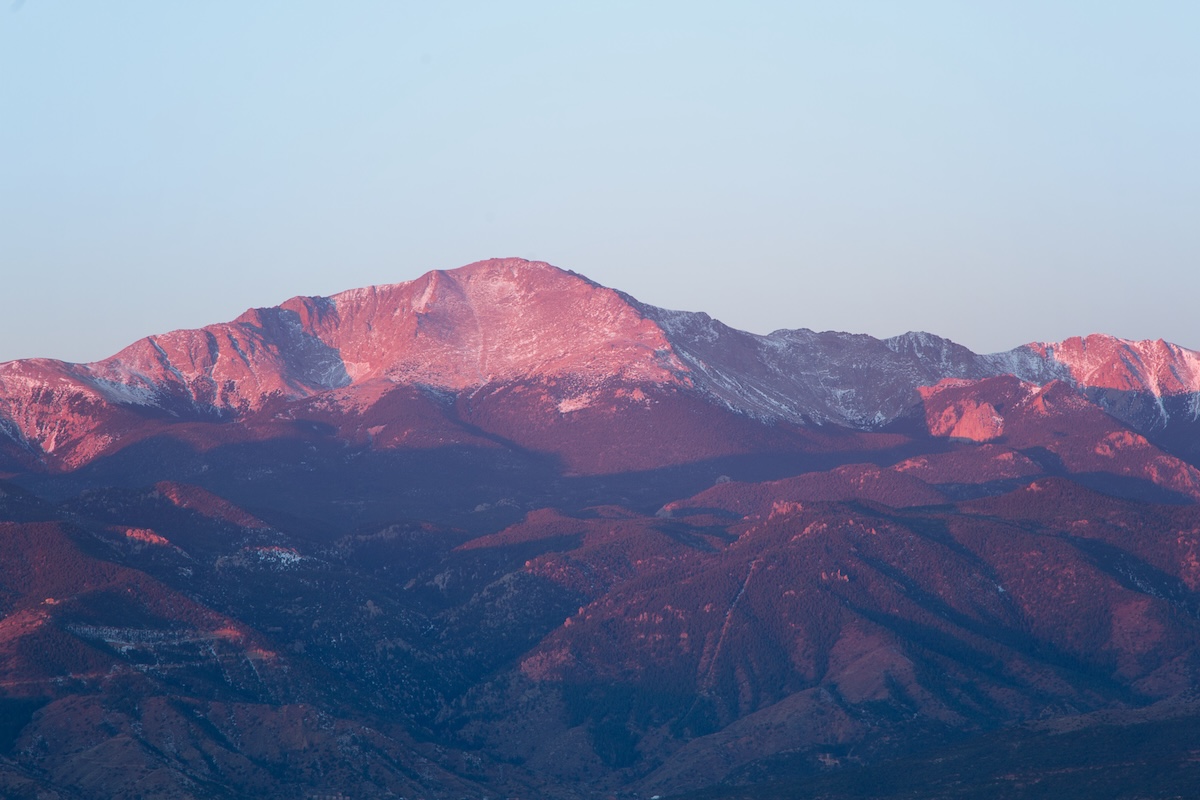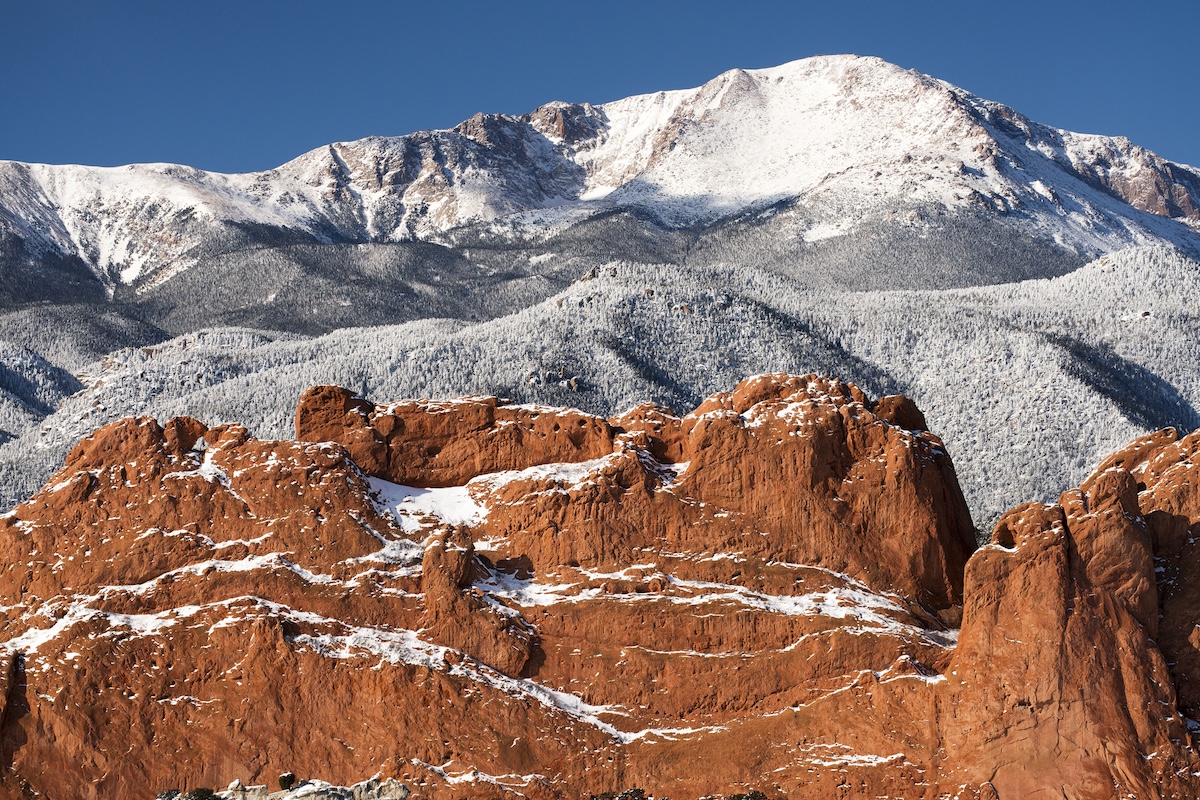Is Pikes Peak Shrinking? Here’s What Scientists Have To Say…
We’re all familiar with Mount Everest, but have you ever heard of Pikes Peak?
Pikes Peak is one of Colorado’s famous mountains in the state, in fact this mountain is so popular, its nickname is ‘America’s Mountain’!

Now this mountain is one of the renowned “14ers”, which are a cluster of Colorado peaks above 14,000 feet of elevation which aren’t easy to climb.
For reference, Pikes Peak is nearly half of Mount Everest, which reaches an elevation of 29,032 feet!

Now one of the exciting things about Pikes Peak other than its beauty of course, is its accessibility.
If you plan on taking in the incredible scenery the mountain offers, you can do so by making a trip to the summit’s visitor center which you can travel by a paved road, cog railway, shuttle tours, hiking, and biking!

And if you do reach the summit visiting center, we hope you reach the top on a clear day because one of the sights you can count on catching are five different states including New Mexico, Kansas, Nebraska, Wyoming, and Oklahoma!

How cool is that!
Okay, so now that we know a little about Pikes Peak, the scientists for the National Oceanic Atmospheric Association have discovered something new about this stunning mountain.
It’s been revealed that Pikes Peak is actually two feet shorter than its original measurement.

However, the recent change in elevation is not because the mountain has shrunk on its own, but rather it’s because scientists have found a more precise way of measuring mountains.
In fact, Pikes Peak isn’t the only mountain in the group of “14ers” that have had their elevation measurement changed.

Across Colorado, new measurements have shown that many “14ers”, have recently been discovered shorter in height.

U.S. Geological Survey Scientist Samantha Arundel explains that,
“It’s not that the mountain has changed. All that has changed is our ability to measure it,” U.S. Geological Survey Scientist Samantha Arundel mentioned.
Samantha Arundel








